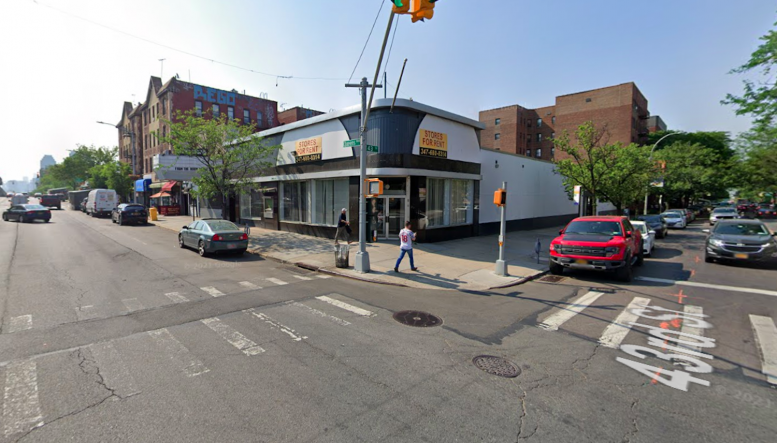If you’ve been following Alexandria’s Instagram over the last week, you know that she’s been sharing a lot of “behind the scenes” footage from COP26 – the UN climate summit in Glasgow, Scotland.
Now that COP has officially concluded, we wanted to share some of Alexandria’s thoughts about how we should view the outcomes of the summit. We know some folks are understandably disappointed, so we want to break it down – because there is some good news here, as well as areas where we need to keep pushing.
This is a longer than usual email, but we hope you take the time to read it – because your activism is critical to what happens next.
Before we start…what is COP?
COP is short for the “Conference of Parties,” but essentially it’s the international climate summit hosted by the UN each year. This is the 26th year, which is why this year is COP26.1
Is COP a joke? Is it useless?
This is an important question. You might have heard some people say COP is a waste of time or just a lot of talk.
But Alexandria’s experience boils down to this: COP is important even if we are disappointed by it.
Here’s why COP is important:
If we write off COP as useless and choose to ignore it – the consequences will be huge. Because the truth is, the pressure from grassroots organizers is working.
The commitments that came out of COP were much stronger than they would have otherwise been because of the pressure from the outside.
In the negotiations, Alexandria saw global leaders at the highest levels being very concerned and nervous about public sentiment and opinion. In prior COPs and climate summits, many of these leaders were not as worried because they didn’t think people were watching.
So what happened at COP? Tell us the good, bad, and the ugly.
There’s good news and bad news. We’ll start with the bad news.
The ambition and timelines for action are not good enough – especially if you are under the age of 40 and will live to see the consequences. The commitment to “net zero emissions by 2050” is simply not enough.
“Net zero” does not mean zero emissions. What it means is that by 2050, we will still be emitting fossil fuels. The “net” theory goes that we will be investing in so much drawdown technology and practices that the amount that we drawdown will be equal to what we’re emitting.
That is not acceptable if we want to stick to 1.5 degrees of warming. What we are seeing in terms of climate impacts is only just the beginning. It will only get worse. This is just science.
If the pace of emissions continues, we would reach 4 degrees of warming by 2100. At that point, half of all landmass on Earth will be uninhabitable to human life due to floods, drought, wildfires, sea level rise, etc.
Governments have had 30 years to address this problem. About half of all emissions on Earth have all been emitted since the first episode of Seinfeld aired. We’re tired of waiting.
Here’s the good news.
There’s obvious signs the pressure from advocates is working. Much of the news from COP may feel underwhelming, but there is also some that is really promising. Consider the agreement reached by the U.S. and China. Together, these two countries account for 40% of total global emissions - yet, until COP26, we’d never agreed to work together to address climate emissions. Often, the U.S. and China are at odds on global policies. The agreement to work together is a significant step toward taking “concrete actions” to reduce global emissions.
If governments won’t step up enough, what can we do?
If the world is relying on governments to stop climate change, that is not going to happen. Governments are a critical aspect of solving climate change, but they are not the only ones.
Grassroots organizing is going to be very important – and not just protesting. There’s other kinds of organizing that we need to engage in to change the systems that are driving this crisis.
For example, we need to organize new ways of operating in our communities that both address climate and systemic inequities. This can look like creating working co-ops or community solar power, which we saw take off in Puerto Rico following Hurricane Maria.
These examples are crucial to providing models for how alternative and cooperative models can work, and it takes organizing to build them.
Naming the positive structures that we want to see – cooperative economies vs competitive, extractive ones – helps visualize the world we are fighting for and what we want.
Any other key takeaways?
The worst powers-that-be are relying and counting on us giving up. But, things are working. There is a commitment. There are many complications and challenges that threaten our transition, but it is worth it to keep going. We must keep going. Just. Don’t. Give. Up.
We can win the world that we know is possible because the world that is possible is already here. It’s just about taking the world we’re fighting for and scaling it up.
Thank you for reading this far. If you’d like to chip in to support our movement for climate justice, you can contribute here.
With resolve,
Team AOC





